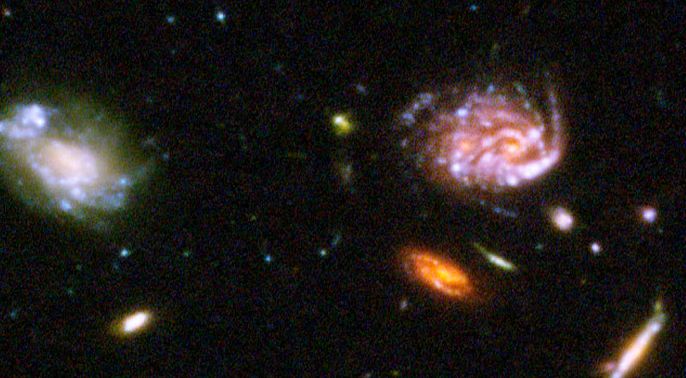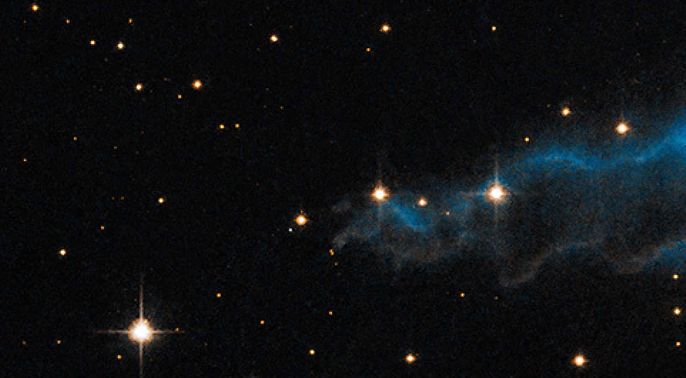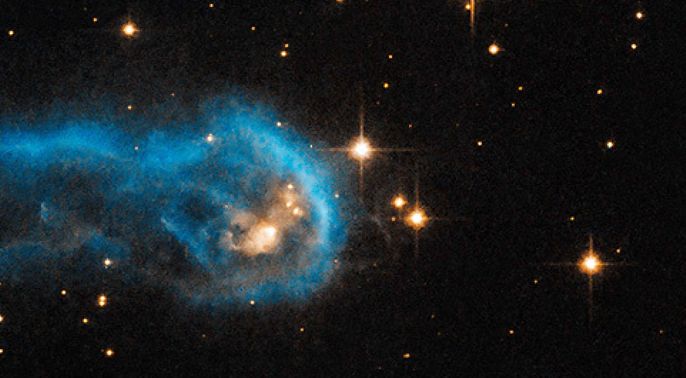Presolar Materials
Primitive meteorites and cosmic dust, that have experience little alteration, contain materials that predate our Solar System. These presolar materials include mineral grains and organic molecules. They are thought to form in the atmospheres of giant stars or in the interstellar medium. These materials represent the basic building blocks of our planetary system and allow us to directly study processes occuring within environments very different from those on Earth.
Fundamental Questions

How do Interstellar Organics Form?
Organic compounds in meteorites have isotope compositions indicating they originally formed in interstellar space. IARC is actively involved in characterising these compounds and determining mechanisms by which these molecules formed at extremely low temperatures in molecular clouds.

What was our Solar System's Birth Place?
Solid mineral grains with isotopic compositions very different from that of our Solar System are thought to have formed in the atmospheres of giant stars and in supernovae. IARC studies such presolar grains in meteorites to identify the stellar environment in which the Solar System formed.
2col GC - Fundamental Q.s 2

How Important are Supernovae?
One model of our Solar System's formation suggests it was triggered by a nearby supernova. IARC studies the nature of presolar grains and isotopes produced by supernovae to identify their role in the formation of planetary systems.

How do Presolar Materials Survive?
Presolar grains and organic molecules survive shockwaves and radiation in interstellar space and the formation of our Solar System to be found in meteorites. How they survive and what changes they experience are crucial to determine in understanding the distribution of presolar materials.
Research Areas
- Organic compounds in meteorites
- Primitive materials in chondrite matrices
- Presolar silicates in cosmic dust